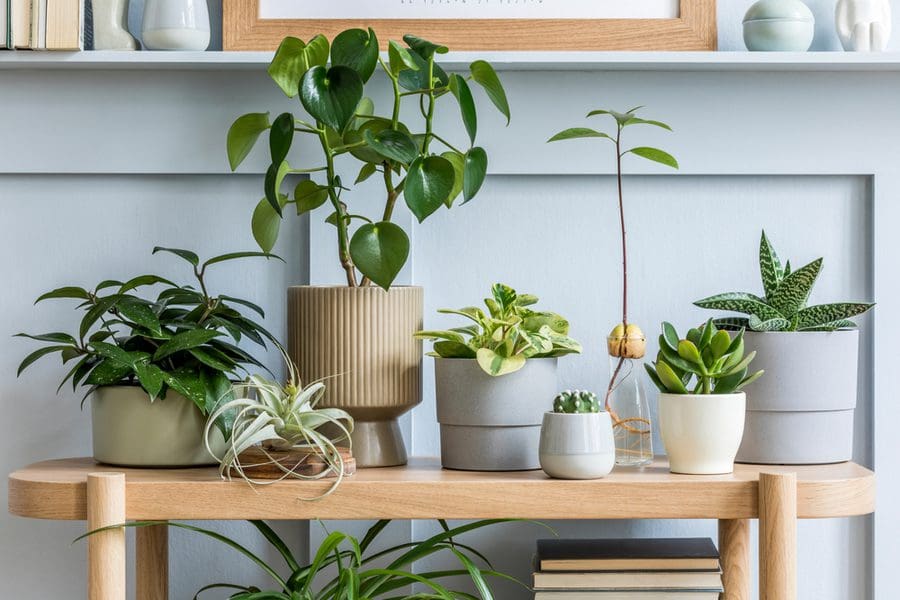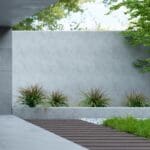Plant killers, rejoice! While you have likely said goodbye to your fair share of leafy friends, the solution to your problem is a simple one: define the issue, correct it and watch the plant bloom around you. While it may sound like it’s easier said than done, this article is here to help you determine why your plants are dying and nip the issue in the bud (pun intended).
Overwatering
Overwatering is common malpractice; you can spot if you’re over-watering your plants by investigating the soil and leaves. If the soil is moist two inches down from the top, the leaves are yellowed or browning, or if the stem’s base is no longer firm (and is instead mushy), you’ve likely given the plant too much water. To correct this issue, it’s time to replant it. Take it out of the soil and trim off any rotten roots. From here, you’ll replant it in a new pot with fresh soil and try again!
*Pro-tip: many plants require drainage, so be sure to read up on the proper watering techniques for the plant in question to determine whether or not that applies.
Under Watering
Conversely, under watering can be just as detrimental to your plants. To determine if you’re under-watering, take a look at the leaves of your plant. Are the edges curling, dried out, or brown? Are lower leaves looking much worse than those at the top? If so, you’re likely under watering the plant.
To correct this issue, immediately increase the number of times you water it! This can be a trial and error process or one that requires a little research.
Lack of Sunlight
Different plants require different amounts of light. If your plant isn’t getting enough light, you’ll likely notice the leaves yellowing (or turning a duller green) with stunted growth and longer stems.
To correct this issue, move the plant to a location in which it gets more light. Pay attention to where the sun rises and sets in your house, which rooms get the most natural light, and even where there’s direct sunlight beaming through your windows. Move the plant accordingly and watch it sprout.
Too Much Sunlight
On the other hand, your plant can also get too much sunlight, which results in a burning appearance on the leaves of your plant (i.e., singed leaf tips or falling leaves).
If you notice this issue, determine whether this plant thrives in a sunny environment or a shady one. Again, you can do so by reading more about your plant and moving it accordingly.
Not Paying Attention to Temperature and Humidity
While most houses are set between the ideal temperatures for plants, 65 to 75 degrees, that’s not to say your plant is in the right room. For instance, bathrooms can create a more humid environment, while plants placed near or directly under vents can receive fluctuating temperature conditions.
In both cases, look into your plant’s needs with a quick online search and determine whether or not the plant is in the right location. For instance, if it needs a humid environment and isn’t in the bathroom, you may want to move it and vice versa.
Killing plants is much too easy, but it’s a fixable problem. So, rather than tossing yet another plant into the trash, learn how to spot these common issues and correct them before they become life-threatening to the various plants you have throughout your home.






